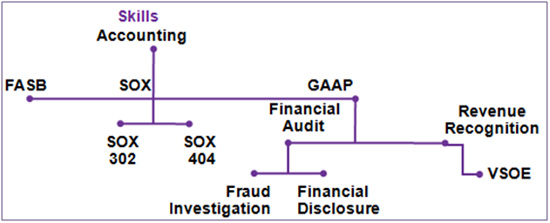 I see these trends impacting international headhunting in 2013:
I see these trends impacting international headhunting in 2013:
- The demand for recruiting will continue to shift toward employers’ more highly specialized and challenging roles.
- The recruiter with international headhunting or global search skills will be in demand in 2013.
- Clients will fill easy positions with in-house recruiters or HR, by referral, or with social media tools.
- LinkedIn will continue to grow its influence on the search landscape with an ever increasing global footprint.
- Traditional job boards will suffer as aggregators like Indeed and Simplyhired gain ever wider use and acceptance.
- Other job boards will continue a progression toward even greater specialization both geographically and by industry or sector.
- Clients will continue to look for market share and growth on a global basis and will initiate international headhunting assignments to support this direction.
- Clients will view many openings as project-dependent and will be less willing to hire permanent employees and more likely to hire contract staff.
- The use of mobile and smart phone apps to connect with talent will escalate to even higher levels.
- The first contact with recruiters will be increasingly via summarized or speed application processes often identified as “apply with apps.” So the resume/CV will be a follow up step.
- The Asian and Australian economies will be slowing so more talent will be available from those markets. This is the opposite of recent years where those markets were net importers of talent.
- International headhunters seeking candidates with post graduate degrees will be operating in what is a nearly full employment environment.
- Global recruiting will continue a stratification process where research, recruiting, background checking, and onboarding will be sold separately and by different providers rather than in the bundled form to which we are accustomed. Specialist and price leaders will emerge in each layer.
In summary, while many things will be changing, I see 2013 as a relatively flat year with overall business levels similar to 2011 and 2012.










